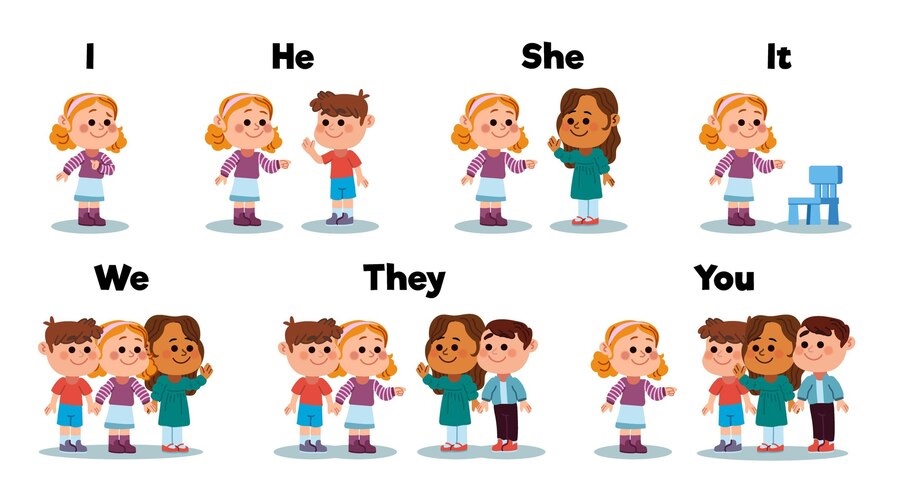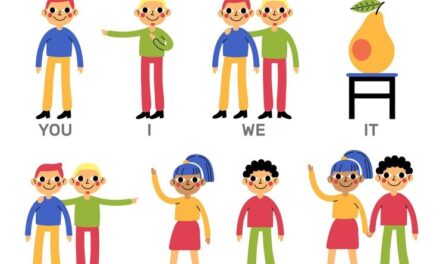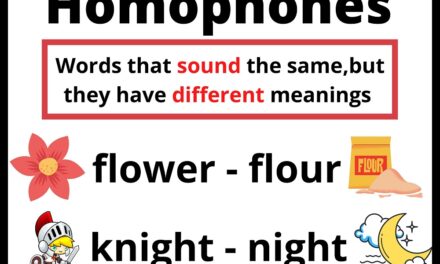Number in Pronouns
Just like we have singular and plural nouns (cat/cats, child/children), pronouns also show number. This helps us know if we’re talking about one person or thing, or many people or things.
Singular Pronouns
These refer to one person or thing:
– I, me, my, mine
– you, your, yours (when talking to one person)
– he, him, his
– she, her, hers
– it, its
For example:
“James found his book.” (one person)
“The dog wagged its tail.” (one animal)
Plural Pronouns
These refer to more than one person or thing:
– we, us, our, ours
– you, your, yours (when talking to more than one person)
– they, them, their, theirs
For example:
“The children lost their way.” (multiple people)
“The cookies are ours.” (belongs to multiple people)
Remember: The pronoun must match the number of its antecedent (the word it replaces):
“The cat lost its toy.” (singular)
“The cats lost their toys.” (plural)
Gender in Pronouns
Pronouns can tell us about gender when we’re talking about people or animals. Using the right gender helps us be clear about who we’re talking about.
Masculine Pronouns
Used for boys and men:
– he
– him
– his
For example:
“Tom rode his bicycle.”
“Dad said he would help.”
Feminine Pronouns
Used for girls and women:
– she
– her
– hers
For example:
“Sarah did her homework.”
“Mom said she would cook.”
Gender-Neutral Pronouns
Used when:
– We’re talking about things (it, its)
– We don’t know the gender
– We’re talking about both genders together
– The gender doesn’t matter
For example:
“The baby is crying. It needs its bottle.” (when gender isn’t known)
“Everyone should bring their lunch.” (talking about all people)
“The bird built its nest.” (talking about an animal when gender isn’t important)

















